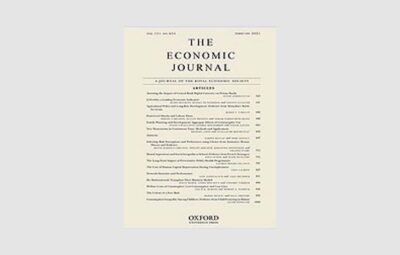This paper investigates the differential response of male and female voters to competitive persuasion in political campaigns. We implemented a survey experiment during the (mixed gender) electoral race for mayor in Milan (2011), and a field experiment during the (same gender) electoral race for mayor in Cava de’ Tirreni (2015). In both cases, a sample of eligible voters was randomly divided into three groups. Two were exposed to either a positive or a negative campaign by one of the opponents. The third—control—group received no electoral information. In Milan, the campaigns were administered online and consisted of a bundle of advertising tools (videos, texts, slogans). In Cava de’ Tirreni, we implemented a large scale door-to-door campaign in collaboration with one of the candidates, randomizing positive vs. negative messages. In both experiments, stark gender differences emerge. Females vote more for the opponent and less for the incumbent when they are exposed to the opponent’s positive campaign. Exactly the opposite occurs for males. These gender differences cannot be accounted for by gender identification with the candidate, ideology, or other observable attributes of the voters.
Persuasion and Gender: Experimental Evidence from Two Political Campaigns
Joint with Vincenzo Galasso



